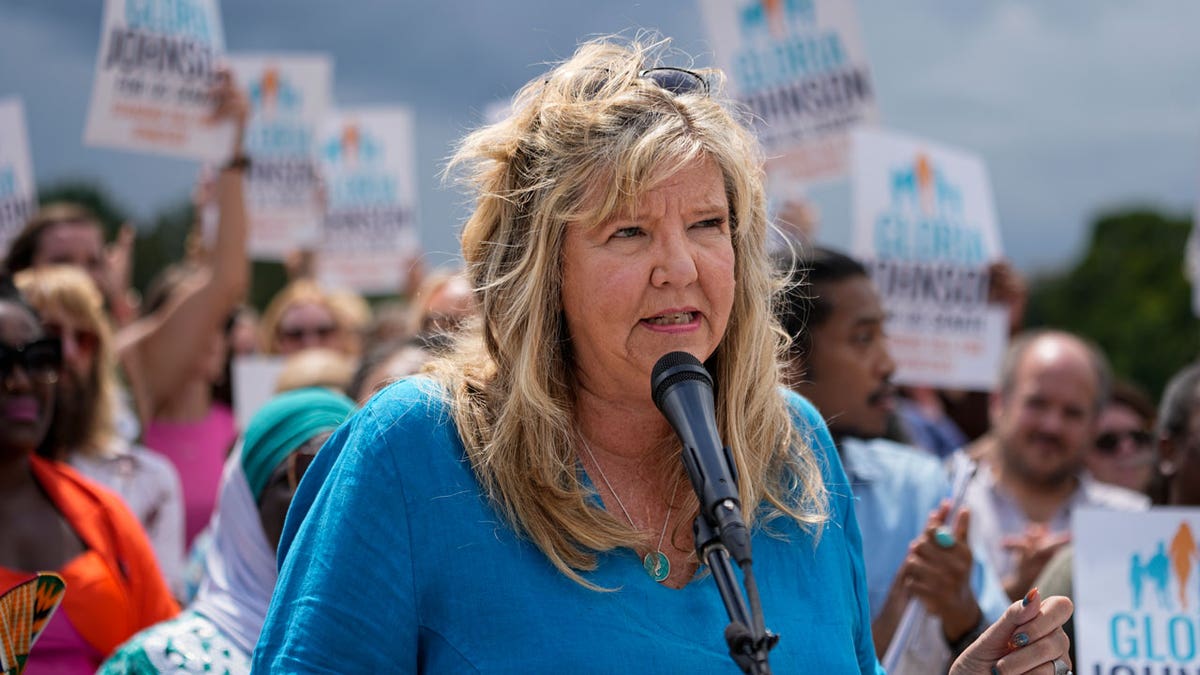New research points to an economic factor that might be overlooked when considering why drug-related deaths among Black Americans increased significantly after 2010 in U.S. regions reporting heightened fentanyl activity: job losses that followed the .
After a decade of rapid growth in drug mortality among Black Americans, the death rate among Black Americans surpassed that of white Americans for the first time in 2020. The drug epidemic now is primarily driven by synthetic opioids – especially illicitly manufactured fentanyl.
“There have been many descriptive studies that show this prevalence and the high risk among Black Americans, but there isn’t much research that explains why this might be the case,” Oh said.
He and Cano focused the analysis on 214 U.S. counties in which at least 10 Black residents died as a result of drug use during two four-year periods, 2010-2013 and 2018-2021, by combining data from the National Center for Health Statistics and International Classification of Disease codes. Death data were then linked with statistics on county-level job counts and drug supply, including state-level fentanyl seizures, as well as U.S. Census sociodemographic data and opioid prescribing rate maps.
Results showed drug deaths among Black Americans in the study time frame increased, on average, by 27.5 deaths per 100,000 population. Counties in the top third of mortality rates were primarily Midwest and Northeast communities with lower median household incomes, where the average increase was 48.7 deaths per 100,000 – a 327% increase over the course of the 2010s.
In areas with higher fentanyl seizure rates – suggesting greater availability of the drug – growth in jobs available to Black workers had a stronger protective effect against increases in overdose deaths. In municipalities with more seized drugs, 50 fewer jobs per Black worker in 2018-2021 than in 2010-2013 was associated with an increase of 98.6 deaths per 100,000 – compared to an increase of only 4.9 deaths per 100,000 in municipalities with 50 additional jobs per Black worker.
Oh said these findings speak to the lack of uniformity in economic recovery after the recession, and how the emotional distress that comes with job loss and poverty can lead people to seek refuge in illicit drugs – with far-reaching public health consequences.
Improving employment opportunities for the Black workforce could be one way to address drug mortality, the authors said, especially in Midwest and Northwest counties with lower incomes and in regions with higher fentanyl seizure rates.
“In addition to efforts involving harm reduction and other public health interventions, there is a pressing need for greater socioeconomic support and equitable development nationwide to confront the fundamental issues driving this public health crisis,” Oh said. “There are many micro-level interventions to tackle the drug epidemic, but we can’t ignore the economic side that drives demand.”
This work was supported by the National Institute on Drug Abuse.
Related
The material in this press release comes from the originating research organization. Content may be edited for style and length. Want more? Sign up for our daily email.























































